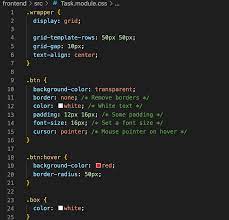Sudo vs. su: Which Command Should You Use?

As a Linux user, you’ve probably come across the “sudo” and “su” commands. These two commands are used to give users elevated privileges to execute administrative tasks. But what’s the difference between them, and which should you use?
The “su” command stands for “switch user.” It allows you to switch to the root user or another user account. When you run “su,” you’ll be prompted to enter the account’s password to authenticate. Once authenticated, you’ll have access to all the privileges of that user account.
On the other hand, “sudo” stands for “superuser do.” It allows you to execute a command with elevated privileges without switching to the root user account. When you run “sudo,” you’ll be prompted to enter your own user account’s password to authenticate. Once authenticated, you can execute administrative tasks as if you were the root user.
So, which should you use? The answer depends on your needs and security preferences.
If security is a top priority, it’s recommended to use “sudo” instead of “su.” The reason is that “sudo” allows you to execute a command with elevated privileges without giving complete control over the system. For example, you can limit a user account to only executing certain commands with “sudo,” whereas with “su,” the user has complete access to the entire system.
Additionally, “sudo” keeps a log of each command executed with elevated privileges, which is useful for auditing and debugging purposes. “su,” on the other hand, does not keep a log, making it harder to track who did what.
On the other hand, if you need complete control over the system, “su” is a better choice. When you switch to the root user with “su,” you have complete access to the system and can execute any command. This is useful for system administrators who need to perform maintenance tasks that require root privileges.
In conclusion, both “sudo” and “su” have their benefits and drawbacks. If security is a top priority, use “sudo” to execute administrative tasks with limited privileges. If you need complete control over the system, use “su” to switch to the root user account. Regardless of which you choose, be sure to use them responsibly and only execute commands when necessary to ensure the stability and security of the system.






